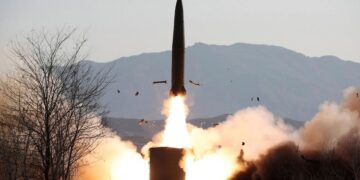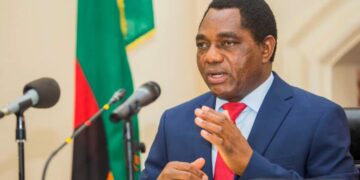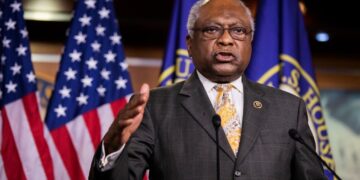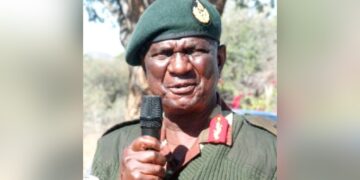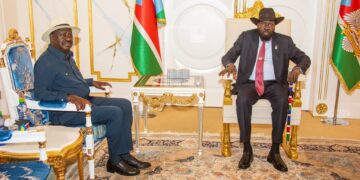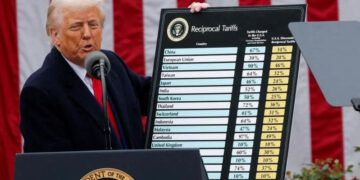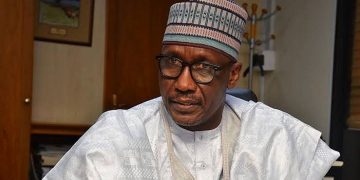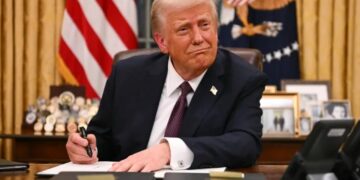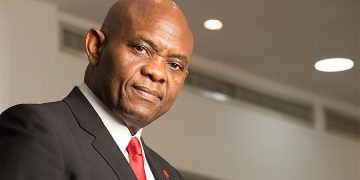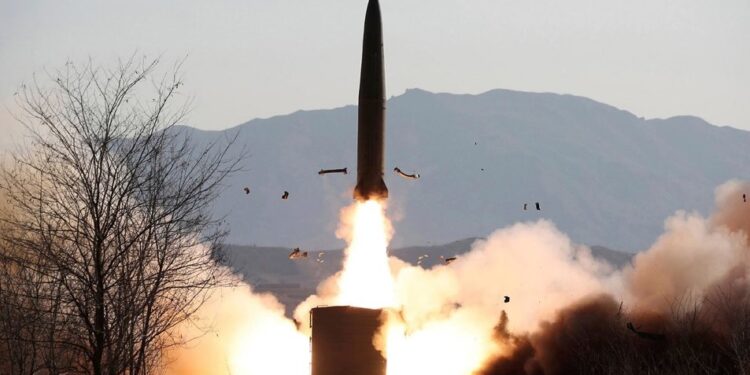By Oyintari Ben
A US aircraft carrier arrived in South Korea for joint military exercises as North Korea conducted a launch of a short-range ballistic missile.
According to the Joint Chiefs of Staff of the South, it was launched on Sunday from the western town of Taechon and travelled 370 miles (600 km) before landing off the eastern coast of North Korea.
The launch is Kim Jong Un’s government’s most recent act of provocation. It appears it targeted to coincide with the USS Ronald Reagan, a nuclear-powered warship, entering the area on Friday.
According to the United States Indo-Pacific Command, the launch demonstrated the “destabilizing impact” of the North’s illegal weapons program. However, it posed no “immediate threat to US soldiers or territory or our friends.”
With the launch of more than 30 ballistic missiles and its first intercontinental missiles in 2017, North Korea has increased testing this year.
Additionally, there are rumours that the shrouded state may be developing a ballistic missile-firing submarine.
According to an analysis published this week by the North Korea-focused website 38 North, satellite photographs of the port of Sinpo, a significant submarine shipyard, show numerous barges and other vessels.
The nation’s nuclear deterrent would presumably be strengthened by the presence of a mobile submarine that could launch such missiles.
However, experts also note that given the severe and extensive sanctions imposed on the nation, it would take some time to make several of these warships operational.
According to the last missile test’s details, it may have been a short-range nuclear weapon based on the Russian Iskander missile. These missiles are more difficult to intercept since they fly at very low altitudes and can manoeuvre.
Kim Jong Un assured his parliament this month that he would never give up his nuclear ambitions. North Korea has rejected efforts to resume disarmament talks that stagnated in 2019.
In addition, the nation established a law allowing the pre-emptive use of nuclear weapons in various situations if its existence or power is threatened.
Next week, US Vice President Kamala Harris will travel to Seoul after attending the state funeral for the assassinated former Japanese PM Shinzo Abe in Japan. North Korea is expected to be an essential topic of discussion.
